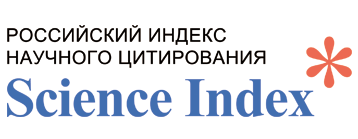STUDY OF OIL-CONTAINING WASTES AT THE SITES OF JSC "OZENMUNAYGAS"
DOI:
https://doi.org/10.51580/2025-3.2710-1185.42Keywords:
Oil-containing wastes, FTIR spectroscopy, gas chromatography–mass spectrometry, hydrocarbons, petroleum contaminationAbstract
Introduction. Pollution of lands and water bodies with petroleum products is one of the
main environmental problems in the territory of JSC Ozenmunaigas. The purpose of this work is to
conduct a physico-chemical analysis of oil-containing wastes, such as oil sludge, dirty soil and asphaltresin-paraffin deposits, using infrared (IR) spectroscopy and gas chromatography-mass spectrometry. Two
methods were used to analyze the composition of the waste under study: infrared spectroscopy, which
allows detecting the presence of various organic and inorganic components, and gas chromatographymass spectrometry, which provides more accurate information about the chemical composition of
hydrocarbon fractions. The results of IR spectroscopy showed the presence of water, clay minerals and
organic substances, as well as absorption bands characteristic of methyl and methylene groups, aromatic
compounds and oxygen-containing functional groups, which indicates the interaction of hydrocarbons
with atmospheric oxygen. The data obtained make it possible to judge the composition of oil-containing
waste and its possible impact on the environment. The use of such research methods is important for the
development of environmental protection measures, including effective ways to clean up contaminated
areas and prevent further contamination of reservoirs and soil.

















